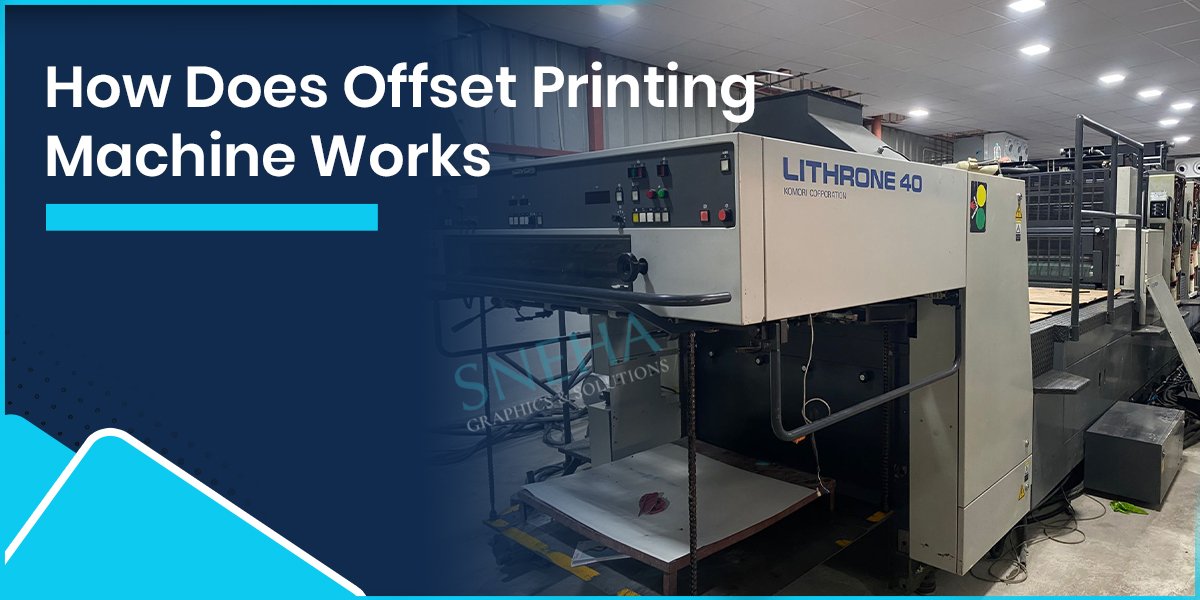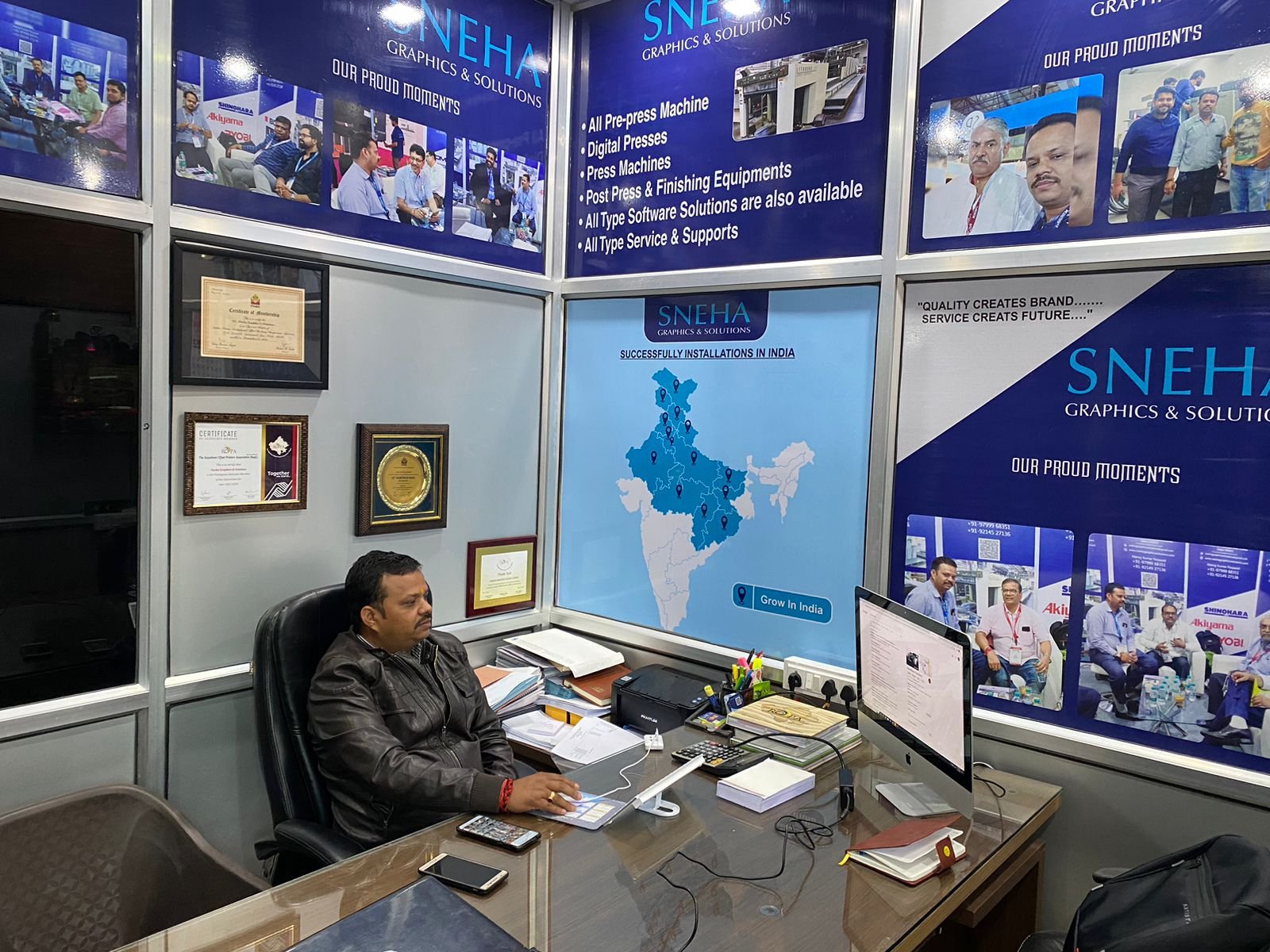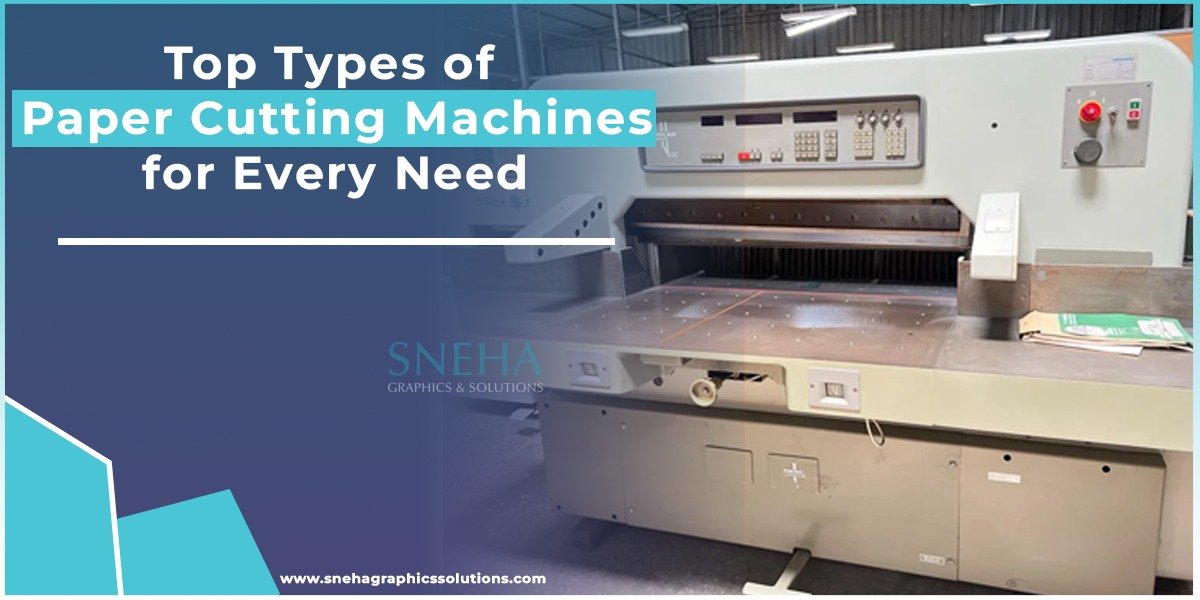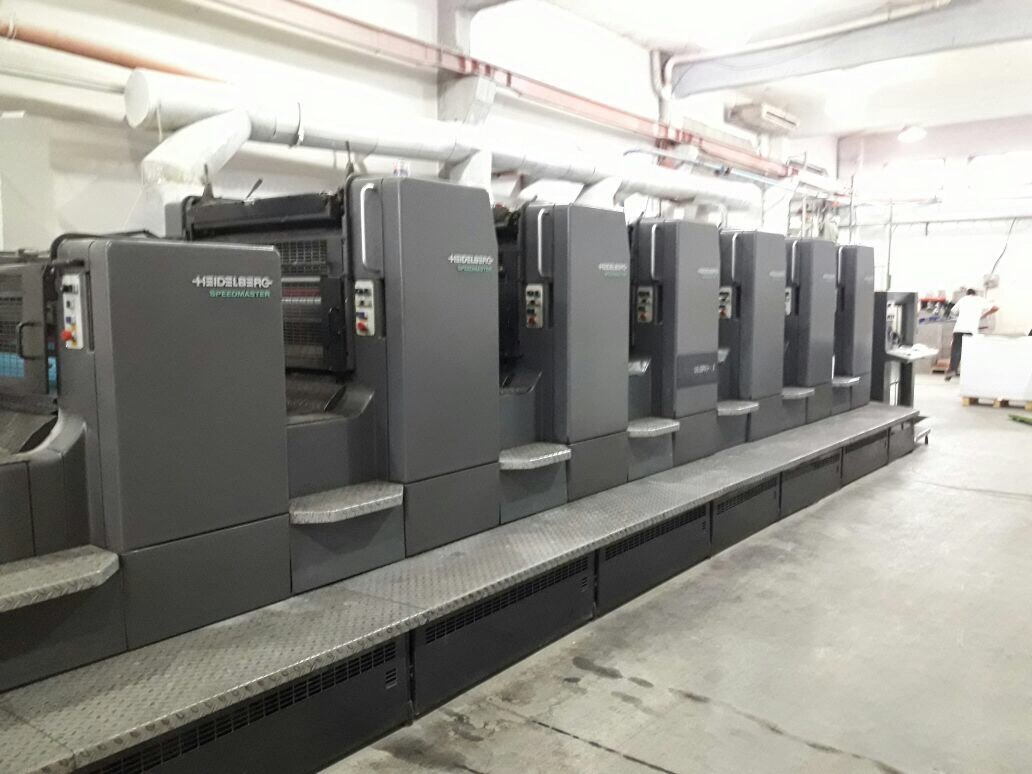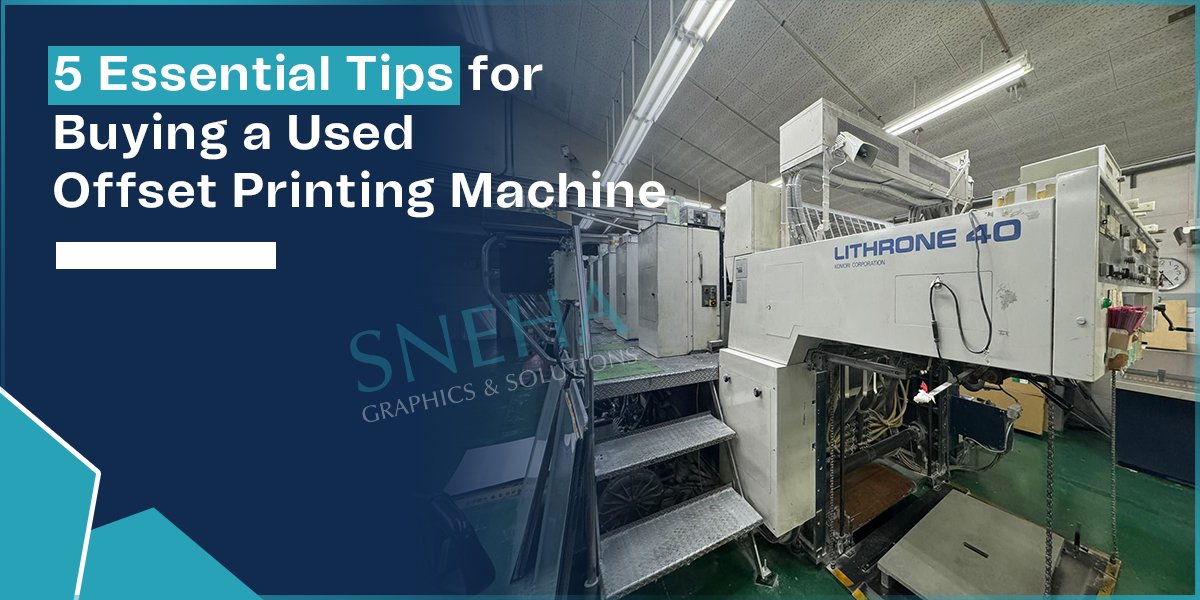How Does Offset Printing Machine Works
Ever since its inception in the late 19th century, printing has been one of the most popular techniques for high-volume and commercial printing; from providing quality and precise colour printing to speed and effective processes, it has become a staple in several industries. If you are thinking about purchasing an offset printing machine, then it is best to understand how does offset printing machine works and how you can learn to operate it; let's know about the process here:
How To Operate Offset Printing Machine:
Before we focus on how to operate the machine, let us know What is an Offset Printing Machine here:
An offset printing machine is also known as offset lithography or litho-offset, which is a printing process mainly used for commercial printing. The process involves transferring ink from the plate cylinder to the cylinder, and then it is printed on the paper. With the help of this process, any kind of hearing or tearing of the image is reduced. This method is widely used for leaflets, stationery, magazines, cards, brochures, packaging, newspapers, and several other industries.
Let's focus on how to operate offset printing machine here:
- There are different types of offset printing machines, and each has a different set of cylinders used in the process. The first cylinder that is used in the process is the plate cylinder, which is made of plastic and aluminium and is usually tailor-made as per the text and images that are to be printed on the paper. It is pre-treated in a way that it repels water and attracts, and when it may contact the rollers, it applies to water and ink on it.
- The offset blanket cylinder is the second cylinder in the process. It has a rubber blanket around it and is operated to turn in the opposite direction of the already existing plate cylinder. When both cylinders roll second to each other, the ink is transferred to the rubber blanket, and the water is squeezed away, creating a mirror image of the ink design.
- The impression cylinder is the third cylinder in the process, which is made of stainless steel, and its function is to run in the opposite direction of the blanket cylinder. It is useful in transferring the ink by pressing the paper against the rubber blanket.
Offset printing is a technique that is known for its efficiency and cost-saving capabilities, and it has a print rate of about 18,000 sheets per hour. It is a high-quality and sustainable solution, which is a major point in digital and offset printing differences. That is the reason why it has become an integral part of several industries that want high-quality and based printing production.
How To Learn Offset Printing?
Wondering how to learn offset printing and how it actually operates? Well, the steps are quite simple. Let's know about the steps here:
- The first step involves starting the new print run, which is to be done by replacing the printing plates and setting up the number of pages that you want to get printed. It is done to ensure that the qualities are optimum. The process is known as "make ready time", which may take up to 15 minutes, depending upon the printing job requirement.
- If you're thinking about printing on a single colour press, then the machine's ink system should be completely cleaned before printing any other colour.
- Now, it is time for you to initiate the "make ready" process, which is done by clamping the image plate on the plate cylinder and then adjusting the density of the ink in the settings section present in the machine. After this process, the initial batch of the sheet starts to print at a low speed and as per the desired colour registration. So, one can check all the elements as well as the ink and water balance at the initial stage.
The best part about the process is that you can customise it as per your printing needs, and that is why the future of offset printing industry is promising with its versatility and custom features.
State-of-Art Printing Equipment Range by Sneha Graphics & Solutions:
Ever since our inception, Sneha Graphics & Solutions has been offering a wide range of machinery that is best for start-ups and large-scale businesses, and our focus is on providing our customers with cost-effective and excellent printing jobs. We offer a comprehensive range of used printing machines at the most cost-effective pricing that can help you get a durable, resilient, high-definition and precision engineer machine without breaking the bank.
As one of the leading names in the industry, we offer several types of machinery in a wide range of configurations and settings such as brands, features, specifications, sizes, colours, types, phases, dimensions, and so on. Some of the popular brands that we deal in include Komori, Polar, Heidelberg, ADAST, and many more.
When you reach out to us, you don't have to worry about how to learn offset printing or operate it as we offer you a complete solution with our technical services and fully loaded printing machine installation facility so that you don't have to worry about anything in your journey to set up your business. We are here to help you achieve your business goals and make your business dream a reality with our exceptional range of high-tech and quality products. So, get in touch with Sneha Graphics & Solutions today and book your printing machine now!





